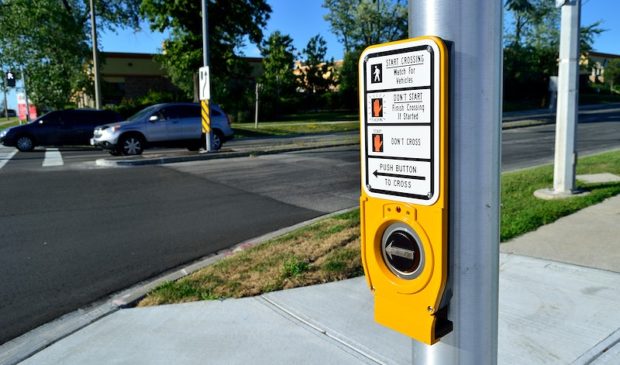Pedestrians accounting for a higher proportion of Austin traffic fatalities
Tuesday, December 6, 2022 by
Nina Hernandez Despite city efforts to implement its Vision Zero strategy and end traffic fatalities in Austin, crash deaths and injuries are on the rise. Pedestrians in particular are accounting for a higher percentage of fatalities. So, what can the city do to start making an impact?
During a Monday update at the Public Safety Commission, Lewis Leff of the Vision Zero team compared it to a physics problem.
“We have large vehicles that are engaging with other vehicles or are engaging with other people outside of vehicles, so the speed matters tremendously and mass of the vehicle matters as well,” Leff said.
Pedestrian deaths made up 42 percent of traffic fatalities this year, up from 31.7 percent in 2021.
Leff pointed out that larger vehicles such as SUVs and trucks are becoming even more popular than they already are in Texas. The larger a vehicle is, and the faster it’s traveling, are both major factors in crash outcome. In other words, speeding kills.
Another factor is increased mobility by pedestrians and cyclists in the city’s central core.
“People (are) wanting to walk around and bike around, and there aren’t as many safe crossings of our major freeways and frontage roads that are needed for people to get around safely,” Leff said.
The Vision Zero team is in talks with Mobility35, which is working on the I-35 Capital Express project, about ways to include more pedestrian- and cyclist-friendly crossings at major arterials in its designs. That’s because a majority of pedestrian fatalities happen on those busy streets and generally not on the lower-capacity roads for which the Austin Transportation Department is responsible.
When ATD does make improvements to local roadways, it’s having a major impact. According to Leff, the team sees a 30 percent reduction in crashes per year following its overhauls of dangerous intersections. But those piecemeal improvements clearly aren’t making an overall impact on the numbers.
“We can’t just do a handful of intersections per year, it’s got to ramp up,” Leff said.
The circumstances for that ramping up might finally be in order. Thanks to support from bond funds, Leff is hopeful the city will begin to see progress over the next several years. There are also more than 20 other projects in the pipeline awaiting approval.
Leff said the team is also beginning to see the impacts of the two speed limit reduction packages City Council recently passed. Over time, those policy changes may have more of an impact.
The Austin Monitor’s work is made possible by donations from the community. Though our reporting covers donors from time to time, we are careful to keep business and editorial efforts separate while maintaining transparency. A complete list of donors is available here, and our code of ethics is explained here.
You're a community leader
And we’re honored you look to us for serious, in-depth news. You know a strong community needs local and dedicated watchdog reporting. We’re here for you and that won’t change. Now will you take the powerful next step and support our nonprofit news organization?










